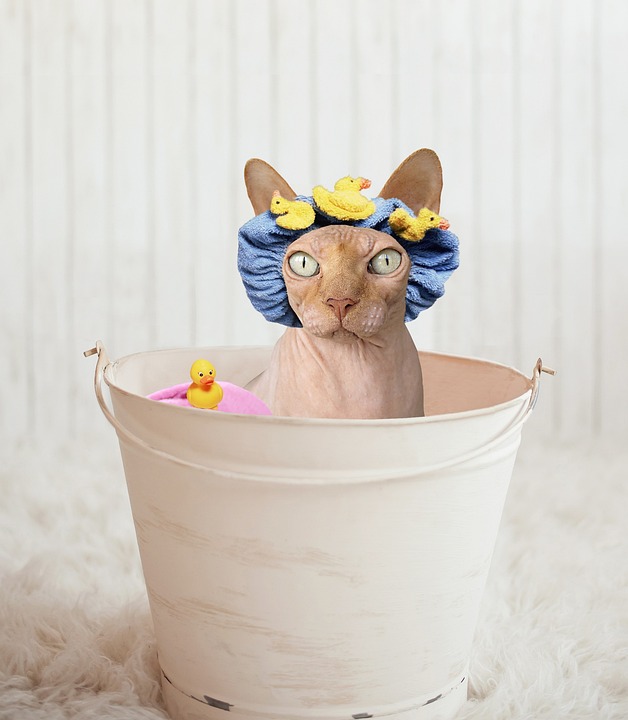Brushing your cat’s teeth may not be the most glamorous part of pet ownership, but it is an essential part of maintaining their overall health. Just like humans, cats can suffer from dental issues that can lead to serious health problems if left untreated. Regular brushing can prevent dental disease, maintain fresh breath, prevent tooth loss, and improve your cat’s overall health. In this step-by-step guide, we will walk you through the process of brushing your cat’s teeth and answer some frequently asked questions to help you understand the importance of this grooming routine.
Why is Brushing Your Cat’s Teeth Important?
Many cat owners underestimate the importance of dental care for their feline friends. However, poor dental hygiene in cats can result in gum disease, tooth decay, and even systemic infections. By brushing your cat’s teeth regularly, you can prevent plaque and tartar buildup, maintain fresh breath, prevent tooth loss, and improve their overall health.
Step-by-Step Guide: How to Brush Your Cat’s Teeth
Brushing your cat’s teeth may seem like a daunting task, but with patience and a gentle approach, it can become a stress-free routine for both you and your cat. Follow these steps to ensure a successful tooth brushing session:
1. Introduce the toothbrush gradually: Start by introducing your cat to the toothbrush without any toothpaste. Allow them to sniff and investigate it, associating it with positive experiences like treats or gentle praise.
2. Choose the right toothbrush and toothpaste: Use a soft-bristled toothbrush specifically designed for cats or a finger brush. Never use human toothpaste, as it can be harmful to cats. Instead, opt for toothpaste formulated for cats, available in various flavors.
3. Get your cat comfortable: Find a quiet, calm area where you and your cat can relax during the brushing session. Make sure your cat is in a comfortable position and gently stroke their face and mouth to help them relax.
4. Start with finger brushing: Initially, use your finger to gently rub your cat’s teeth and gums in a circular motion. This helps your cat get accustomed to the sensation and taste of toothpaste.
5. Gradually introduce the toothbrush: Once your cat is comfortable with finger brushing, introduce the toothbrush. Apply a small amount of cat toothpaste to the bristles and gently brush your cat’s teeth using circular motions. Focus on the gum line and outer surfaces of the teeth.
6. Take it slow and be patient: Start with short brushing sessions, gradually increasing the duration as your cat becomes more familiar with the process. Always reward your cat with treats or praise after each successful brushing session.
7. Don’t forget the back teeth: Pay extra attention to the molars and premolars at the back of your cat’s mouth, as these teeth are more prone to plaque buildup.
8. Stay consistent: Aim to brush your cat’s teeth at least two to three times a week. Consistency is key to maintaining good dental hygiene.
Frequently Asked Questions (FAQs)
Q: How often should I brush my cat’s teeth?
A: It is recommended to brush your cat’s teeth at least two to three times a week. However, daily brushing is ideal if your cat allows it.
Q: Can I use human toothpaste for my cat?
A: No, human toothpaste should never be used for cats. It contains ingredients that can be toxic to them. Always use toothpaste specifically formulated for cats.
Q: My cat refuses to let me brush their teeth. What should I do?
A: Patience is essential when introducing tooth brushing. Start with short sessions and gradually increase the duration. If your cat is still resistant, consult your veterinarian for alternative dental care options.
Q: Are there any additional dental care products I can use for my cat?
A: Along with regular brushing, you can incorporate dental treats, water additives, or dental gels recommended by your veterinarian to support your cat’s dental health.
By following this step-by-step guide and incorporating regular tooth brushing into your cat’s grooming routine, you can ensure their dental health remains in excellent condition, promoting overall well-being. Remember, if you have any concerns or questions, consult your veterinarian for professional advice tailored to your cat’s specific needs.








